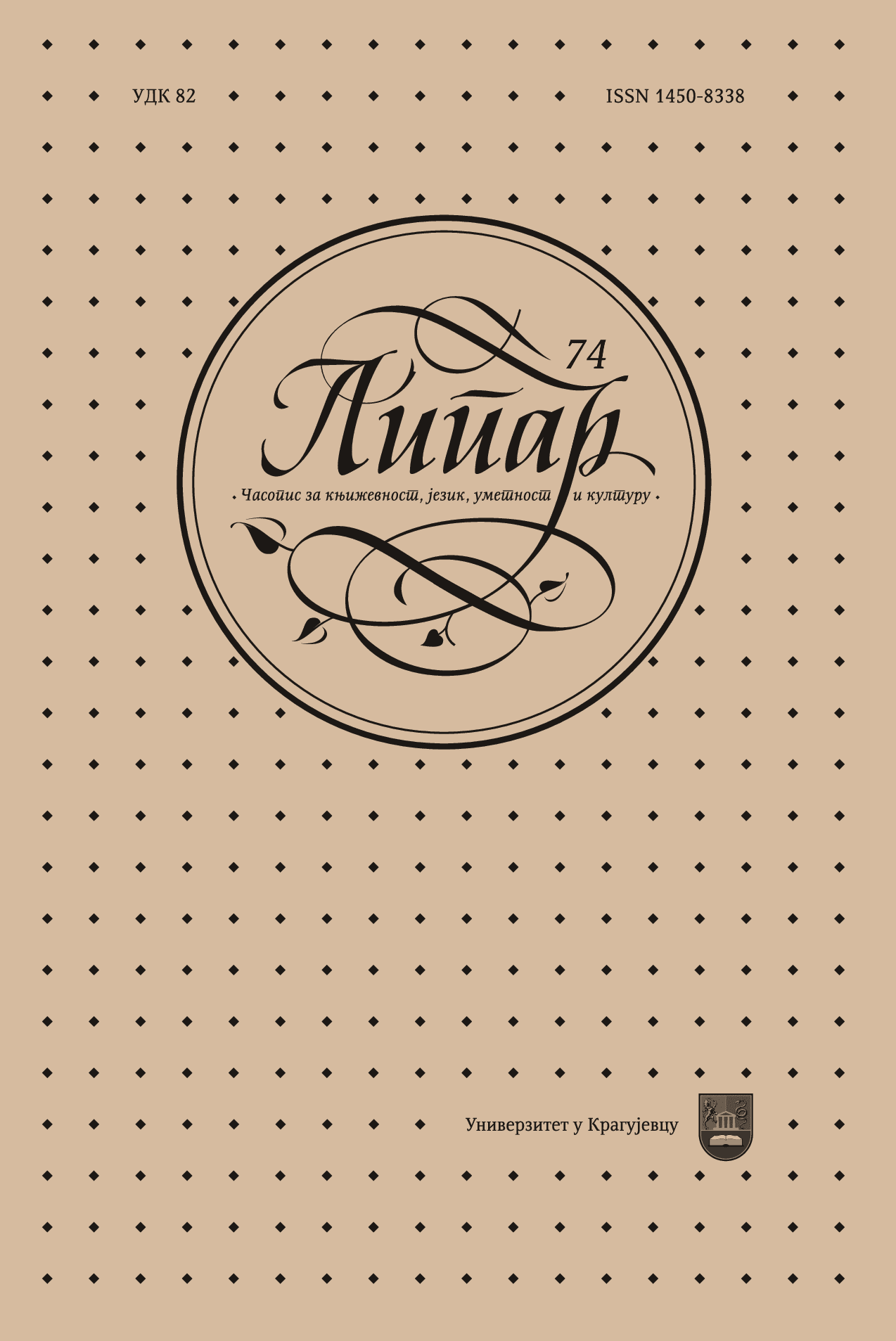We kindly inform you that, as long as the subject affiliation of our 300.000+ articles is in progress, you might get unsufficient or no results on your third level or second level search. In this case, please broaden your search criteria.
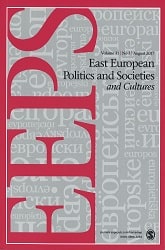
Eighteen years ago, in his first term at the helm of East European Politics and Societies, the editor stressed that the principal goal of the journal remains “to establish EEPS as the central, unifying publication for all the disciplines in the East European field.” The point was to favor no discipline or methodology, to promote the best work, and not to insist – certainly not in the choice of themes – on regional unity, which always was a bit of a chimera, given the heterogeneity of Eastern Europe. [...]
More...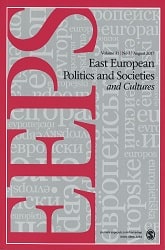
In 1994, EEPS published its first special section on gender. Editors Katherine Verdery and Jozsef Borocz noted that studies of gender are not about women; they are about women and men in relation to each other. Gender is an analytical category that, like class, focuses attention on a fundamental social relationship in society, the one between “masculine” and “feminine.” We can investigate how this social relationship operates through studies of symbolic representation, in processes of social inequality, and in the reproduction of society. The articles in the first special issue took up the intersection of gender with another important axis of social organization, the “nation.” They also explored the proposition that socialism as a sociopolitical system prescribed and attempted to impose a regime of gender relations, one that was quickly being transformed as socialism itself disappeared from the scene. [...]
More...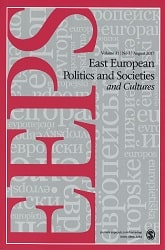
In the first part of the current issue of EEPS we present four articles originally read during a conference held at the Vienna's lnstitut fur die Wissenschaften vom Menschen in September of 1993. The conference brought together over two dozen scholars from Western and Eastern Europe as well as the United States. Its aim was to reflect on the experience of the Second World War and its impact on the character of postwar regimes, as well as collective mentalities, all over Europe. [...]
More...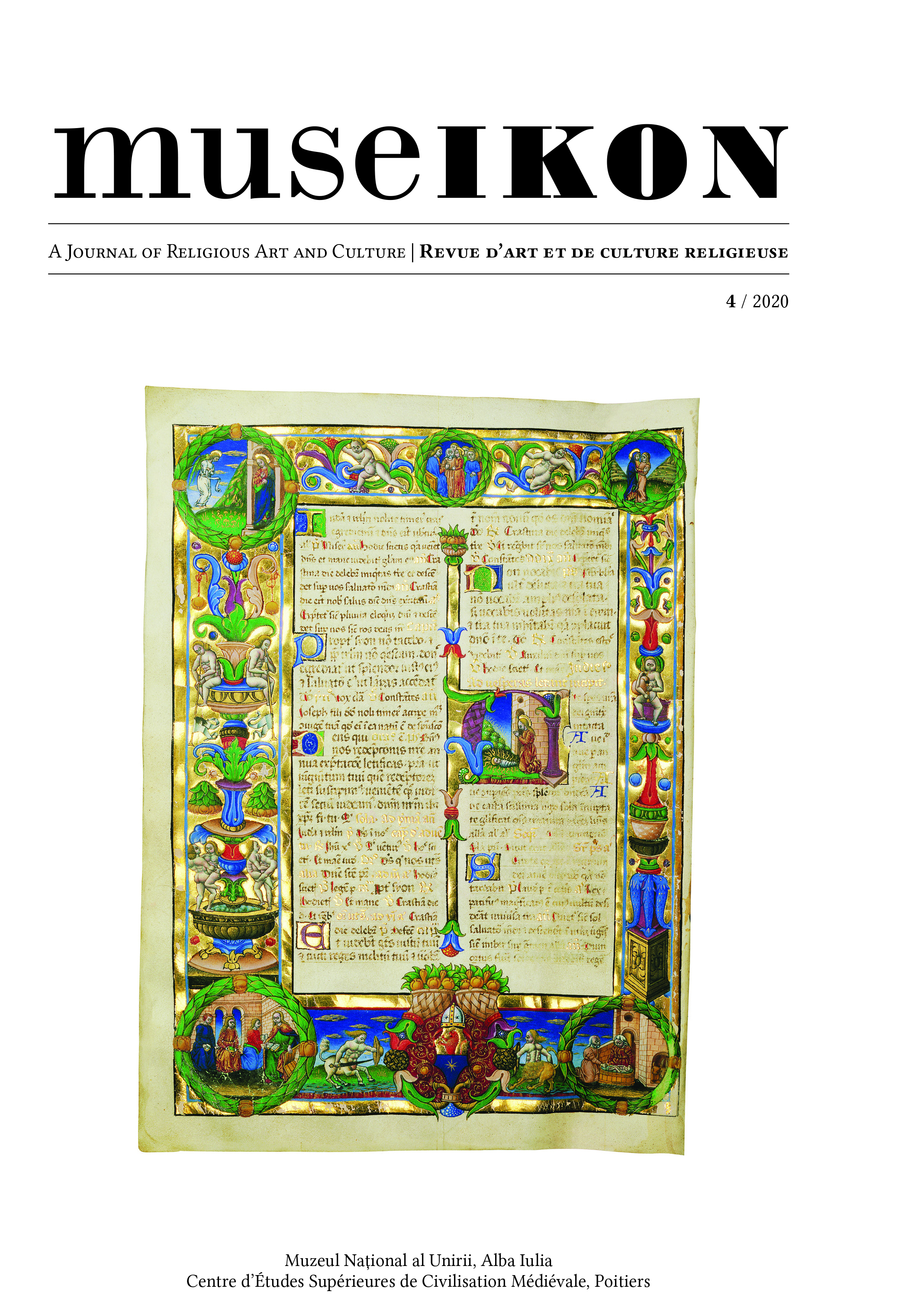
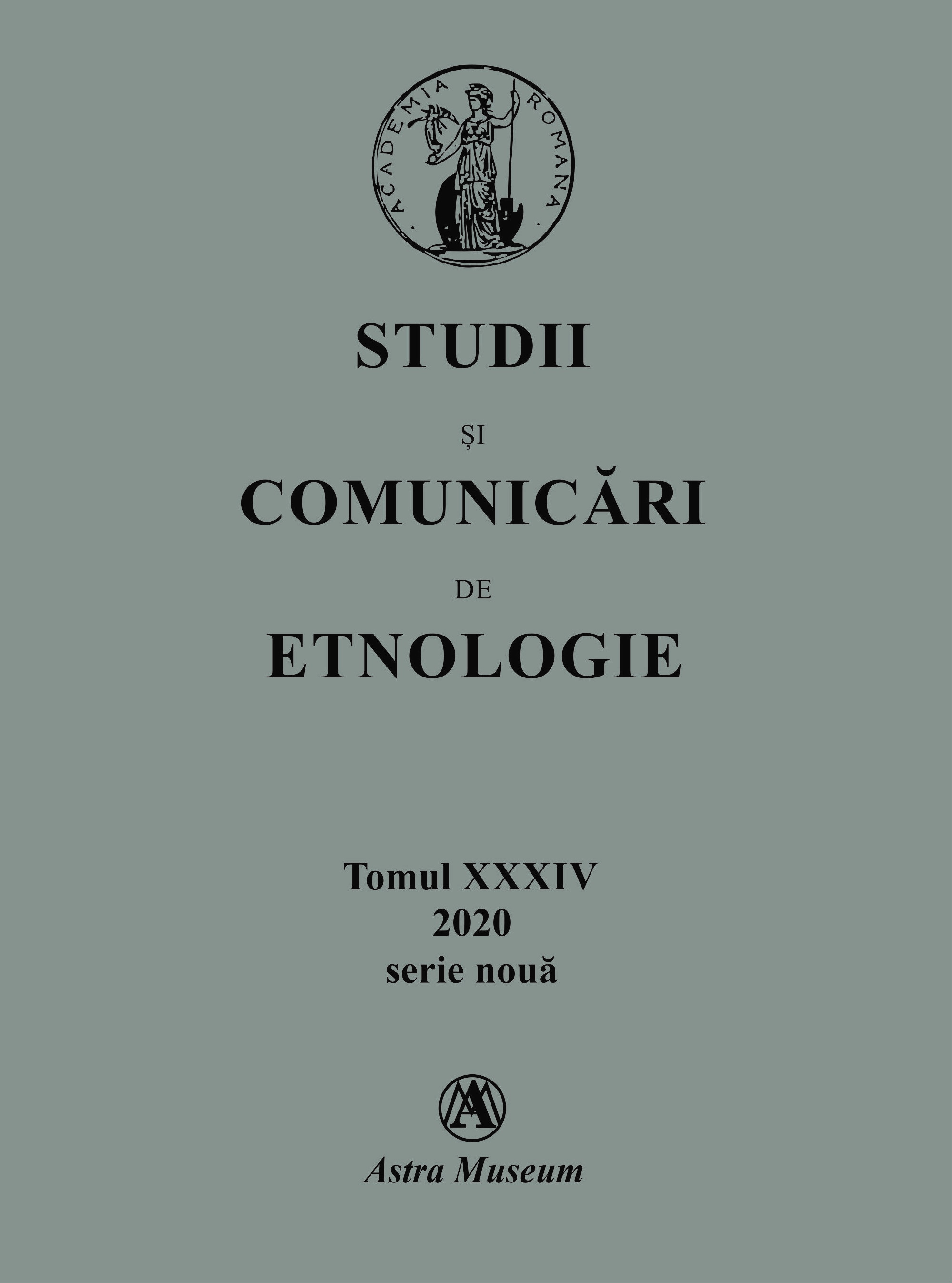
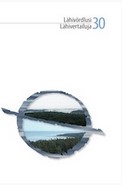
Teadusajakiri Lähivõrdlusi. Lähivertailuja on jõudnud oma teekonnal järgmise verstapostini: 2020. aastal täitub 35 aastat esimese numbri avaldamisest ja ilmub sarja 30. number. Nende aastatega on ajakirjast kujunenud rakendusliku fennougristika oluline foorum. Lähivõrdluste algaegu meenutavad juubelinumbris emeriitprofessor Heikki Paunonen ja sarja veteran, filosoofiadoktor Hannu Remes. Juubeliaasta on kahjuks olnud ka leina-aasta.
More...
Tieteellinen kausijulkaisu Lähivõrdlusi. Lähivertailuja on saavuttanut taipaleellaan seuraavan virstanpylvään: vuonna 2020 täyttyy 35 vuotta sarjan ensimmäisen numeron julkaisemisesta ja ilmestyy 30. numero. Näinä vuosina julkaisusta on kehittynyt soveltavan fennougristiikan tärkeä foorumi.
More...
The series Lähivõrdlusi. Lähivertailuja (‘Close Comparisons’, LV) has again reached a milestone: in 2020, we celebrate the 35th anniversary of the first edited volume with this title, and the 30th LV volume is issued. Over the years, the series has become an important forum for Finno-Ugric applied linguistics. This volume contains reminiscences on the first years of “Close Comparisons”, by emeritus professor Heikki Paunonen and by one of the early activists of this cooperation, Dr. Hannu Remes.
More...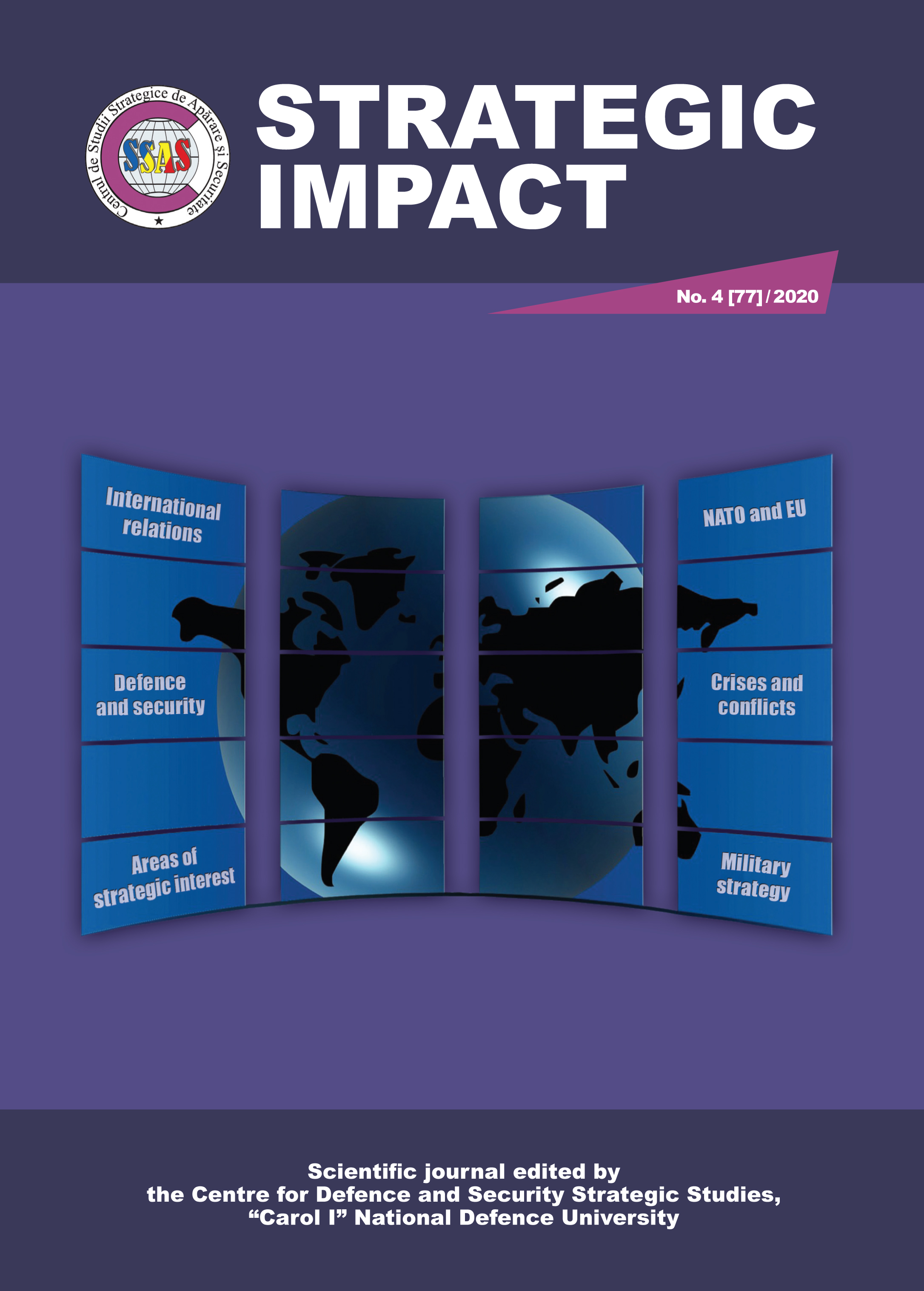
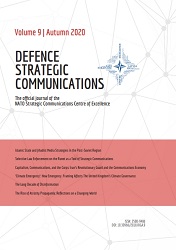
Freedom of speech is the keystone of liberal democracy. Without it, the fruit of pluralism that fortifies democratic governance shrivels on the vine. For many—not all—theorists and practitioners, Strategic Communications is intimately bound up with a democratic vision of the world: it pursues a path of persuasion through rational argument; it seeks out the moral high ground. Surprising then, that so little time is devoted to understanding what we mean by free speech when seen from the perspective of Strategic Communicators. After all, much effort is invested in exposing disinformation while processing it through a security lens. Yet this information-disinformation binary overshadows discussions of how freedom of speech is both the strength and inevitable weakness or vulnerability of democracies. [...]
More...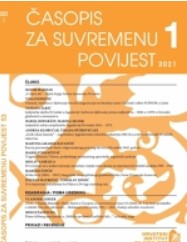
O izložbi Ako tebe zaboravim… Holokaust u Hrvatskoj 1941. – 1945. Zadnje odredište Auschwitz, Francuski paviljon u Zagrebu, 5. veljače 2020. – 21. travnja 2020., koju su priredile Nataša Mataušić (Hrvatski povijesni muzej, Zagreb) i Rajka Bućin (Hrvatski državni arhiv, Zagreb) pisao sam u dva navrata, na portalu Historiografija.hr i u Časopisu za suvremenu povijest.
More...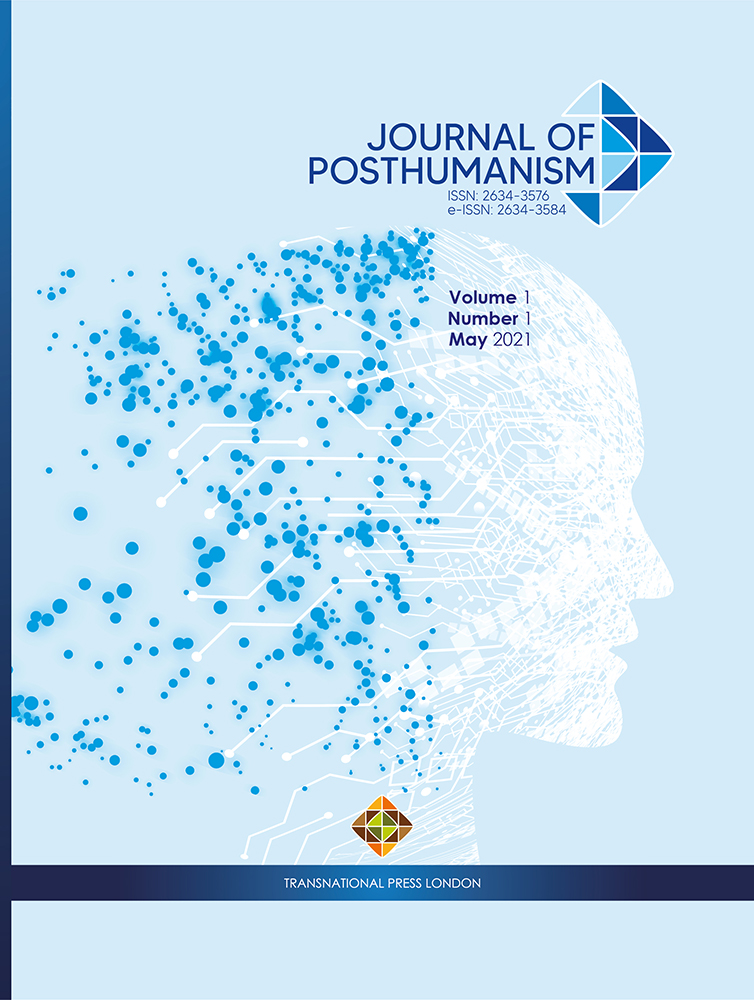
Posthumanism and its core ideas have been spreading in different parts of the world and in various areas of human interest as a response to the multi-faceted problems human and more-than-human worlds are facing. While scholars such as Stacy Alaimo, Karen Barad, Rosi Bradoitti, Donna Haraway, Katherine Hayles, and Cary Wolfe led Posthumanism as a distinct literary and philosophical movement in the late twentieth and early twenty-first centuries, it is rooted in postmodern thinking and its criticism of modernity and humanism, as seen in Ihab Hassan’s work. The human-centric subjectivity of modernity and its logocentricity found its climax in the Enlightenment, which paved the way for the Industrial Revolution in the following century. Through colonialism, modernity and its ideals have become global phenomena, as indigenous cultures have been subsumed under modernity’s principles, and some have gradually disappeared as a consequence. Those who have survived became exotic objects for the modern gaze.
More...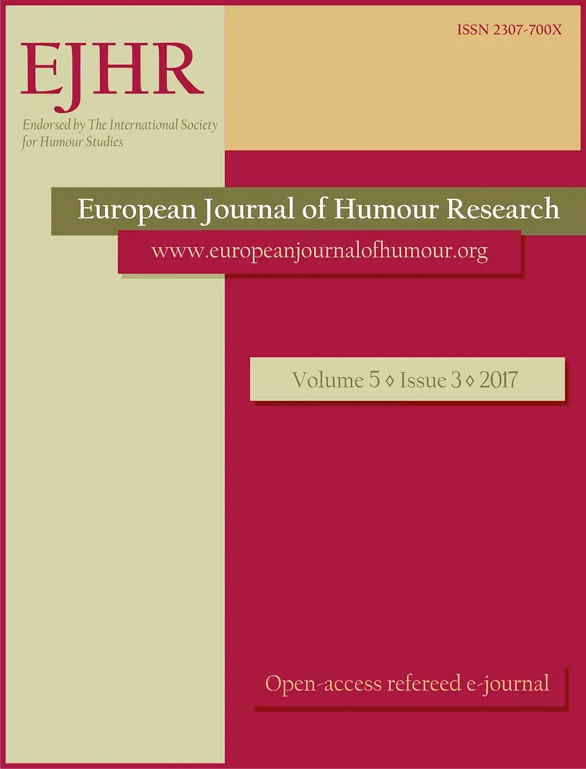
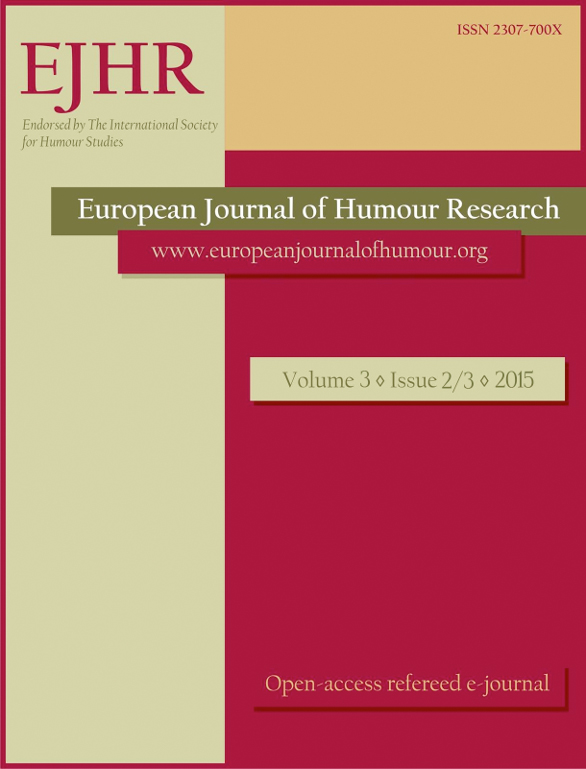
This special issue of EJHR results from the proceedings of an exploratory workshop that took place in September 2013 at the Netherlands Institute for Advanced Studies (NIAS) titled “Humorous Approaches to Art and Activism in Conflict”.1 While not all contributors to the workshop are part of this issue, and not all contributors to this issue were part of the workshop, the exploratory gathering of scholars, artists, and activists served as a point of departure for an ongoing research project, the initial findings of which are presented in this volume. Interestingly, none of the contributors would strictly classify themselves as “humour researchers”, and the disciplinary divergences between the essays certainly do not end there. Yet it seemed fitting to position these varying interpretations of humour in relation to art and activism, particularly in sites of conflict, in a journal dedicated to the study of a field that already boasts of several decades of research.
More...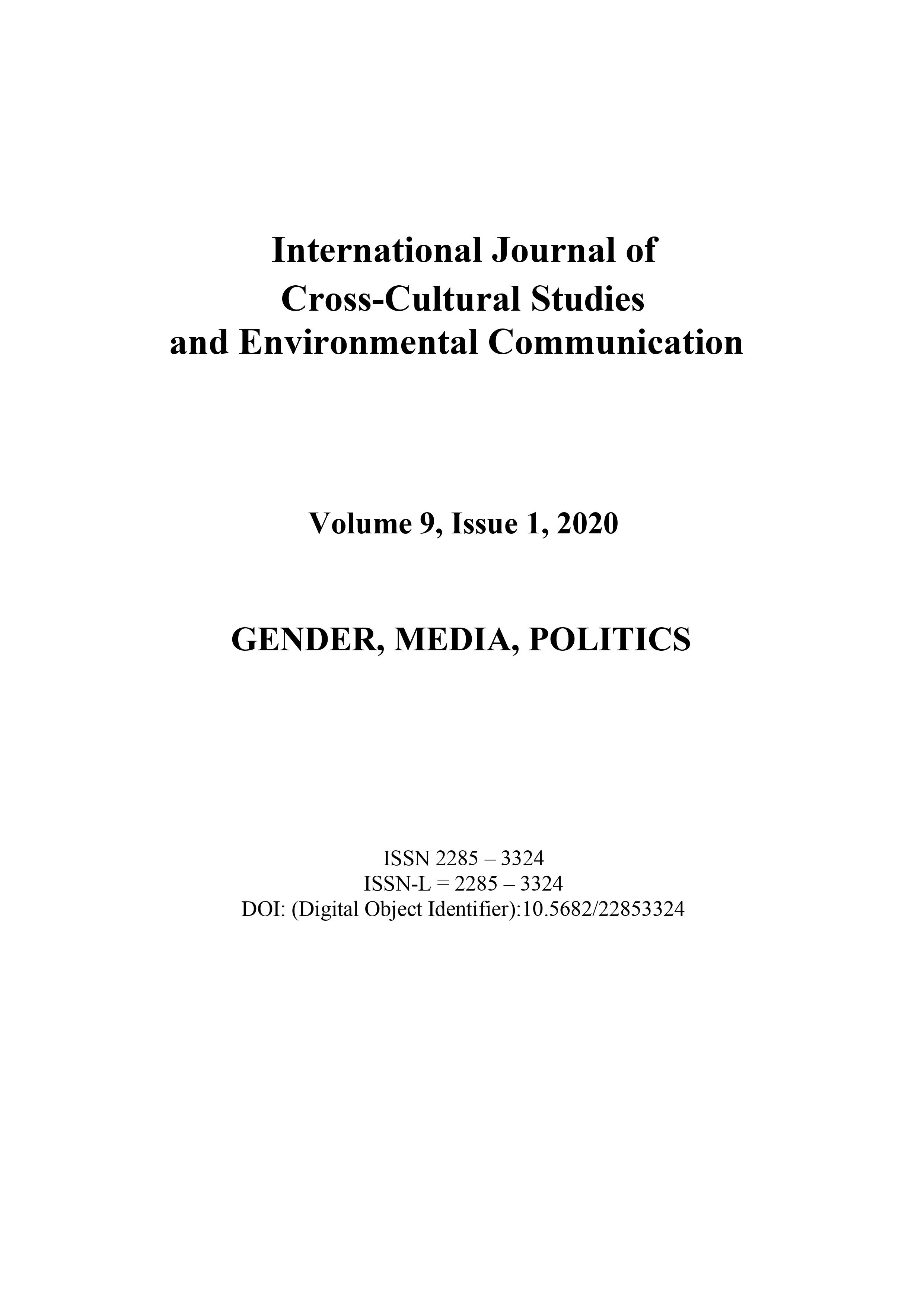
The digital revolution (M. Castells 1996; U. Beck 2000; S. Proulx 2014) and the « genderquake » (E. Macé, 2015 ; Froidevaux-Metterie, 2015) are the major paradigmatic changes marking the third millenium. The building of the digital identity as continuous self-production with its corollary- “the expressivist turn” ( “le tournant expressiviste” ) demands a new gendered discourse analysis from the double perspective of the disseminated or commented content, as well as of the nature of expression (the what and the how).It becomes essential to scrutinize how women (leaders or simple citizens) are positioning themselves, are using the new democratic participatory social media and contribute to the social change.
More...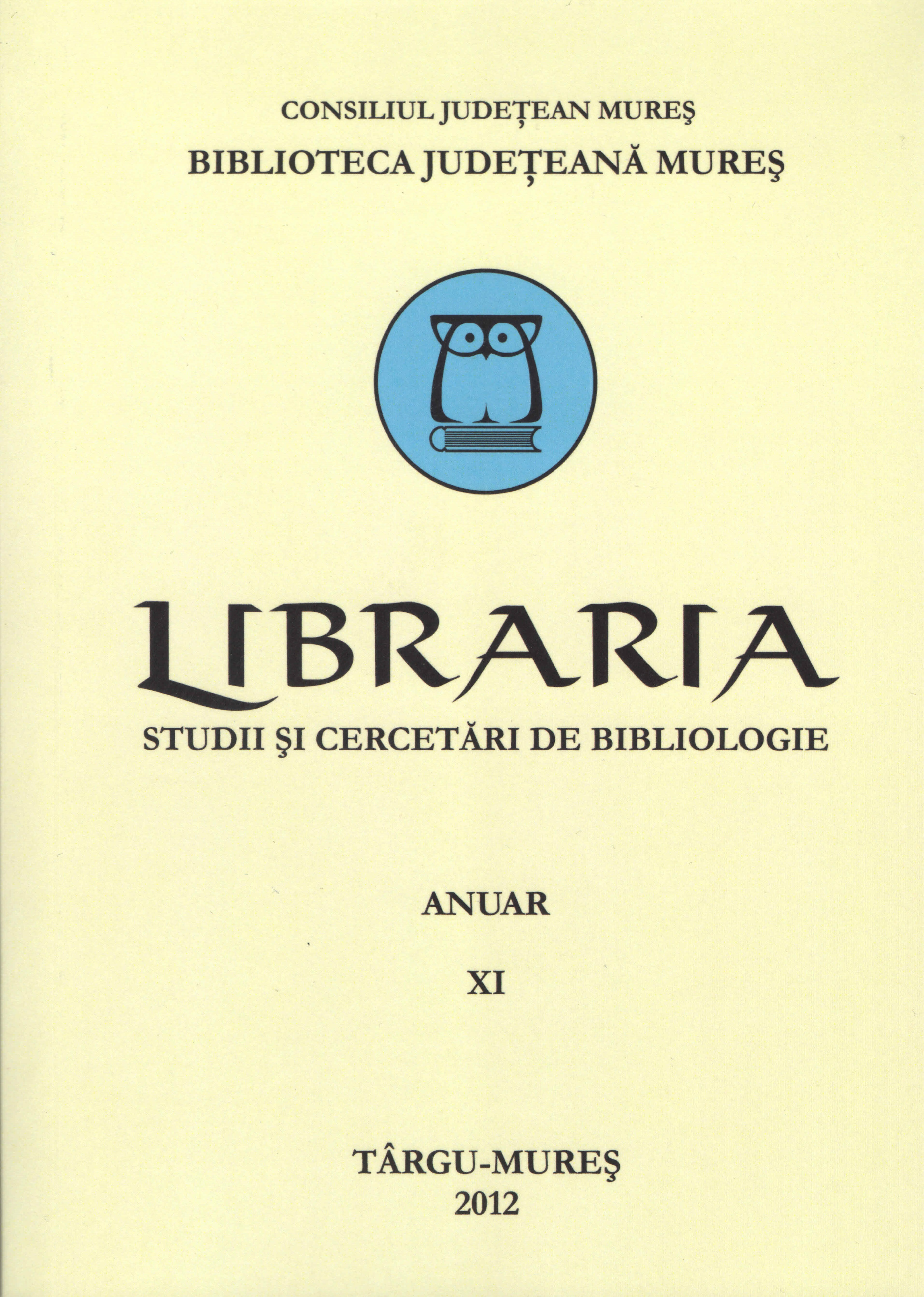
The material below is a selection of 127 articles from local and national periodicals, published in 2011. From the local periodicals we have selected: Cuvântul liber, Népújság, Zi de zi, Vásárhelyi Hírlap, Ziarul de Mureş, tîrgumureşeanul.ro, Adevărul de seară, 24 Ore mureşene, Központ, Libraria, Lectura, Krónika (Cluj-Napoca), Biblio Magazin. Buletin ANBPR (Bucureşti), Familia română (Baia Mare). The articles described provide information about cultural events and other events the Mureş County Library has organized or attended during 2011. This bibliography does not include the on-line articles.
More...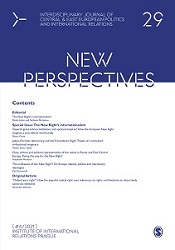
The editorial team welcomes you to the final issue of 2021. For this issue, convened by Minda Holm, one of New Perspectives’ Associate Editors, we have brought together a group of invited essays on the Internationalism of the New Right. As an object of analysis for political science and International Relations, the New Right refers to intellectual movements that have emerged since the 1980s, including Reaganite economic conservatives, theorists and philosophers like Alexandr Dugin and Alain de Benoist, and political movements that have swept to power across the globe, but with particular successes in Central and Eastern Europe. Globally these movement include actors as diverse as Bolsonaro in Brasil, Modi in India, and Putin in Russia, and in Central and Eastern Europe are exemplified by Fidesz in Hungary and Prawo I Sprawiedliwosc in Poland.
More...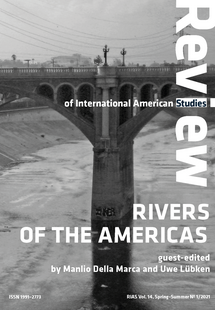
Over the past three decades, rivers have become a fascinating and popular subject of scholarly interest, not only in the field of environmental history, where river histories have developed into a distinct subgenre (Schönach 2017; Evenden 2018), but also in the emerging field of environmental humanities. In this scholarship, rivers have often been reconceptualized as socio-natural sites where human and non-human actors interact with the natural world, generating complex legacies, path dependencies, and feedback loops (Winiwarter and Schmid 2008). Furthermore, rivers have been described as hybrid “organic machines,” whose energy has been utilized by humans in many different ways, including the harvesting of both hydropower and salmon (White 1995).
More...